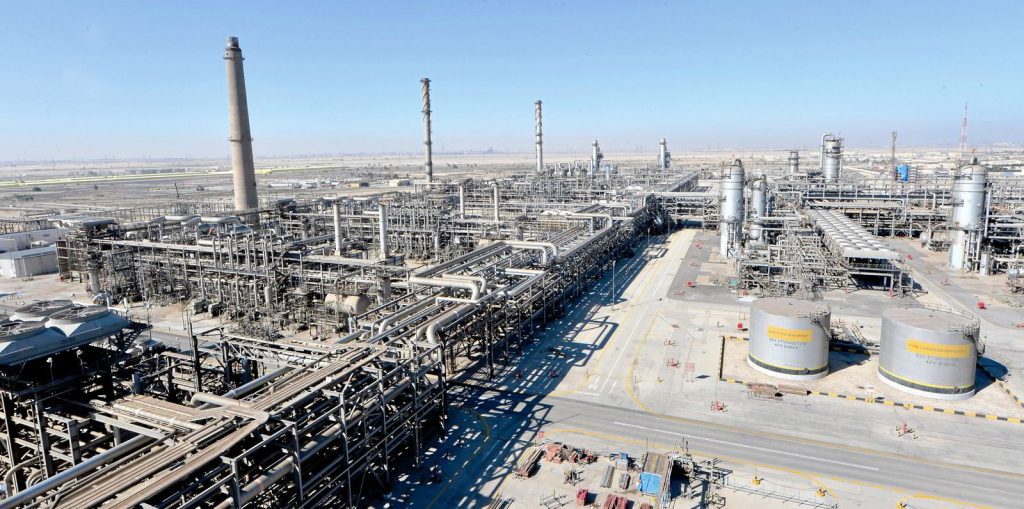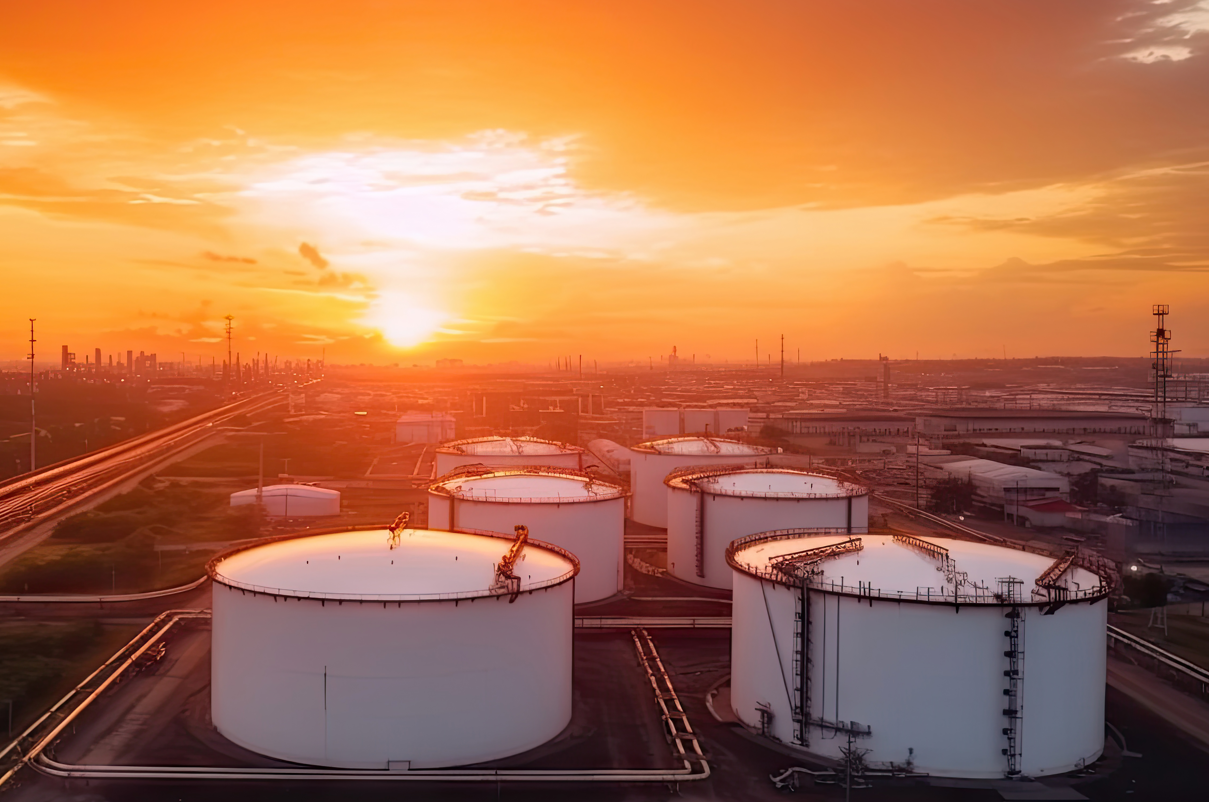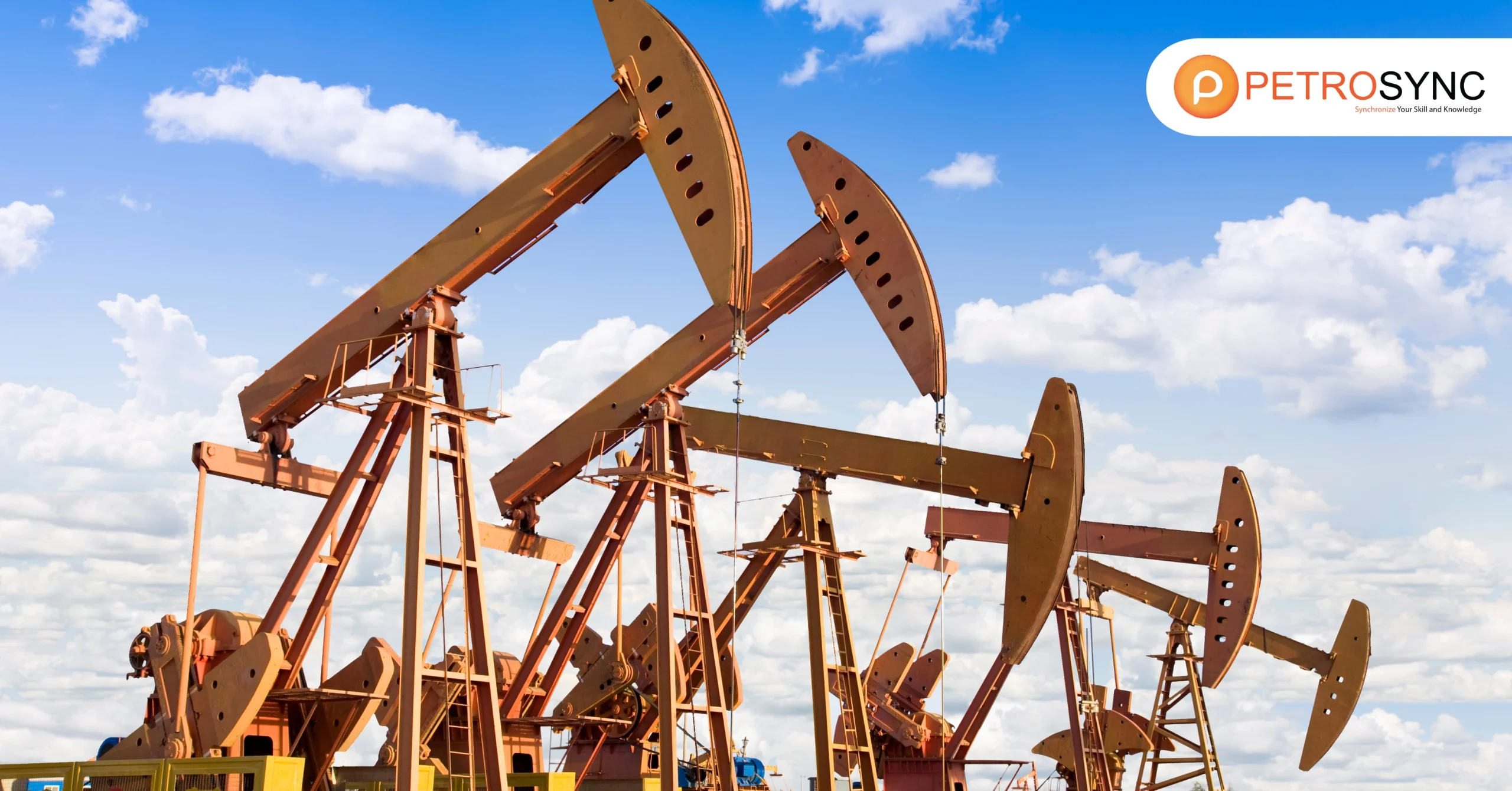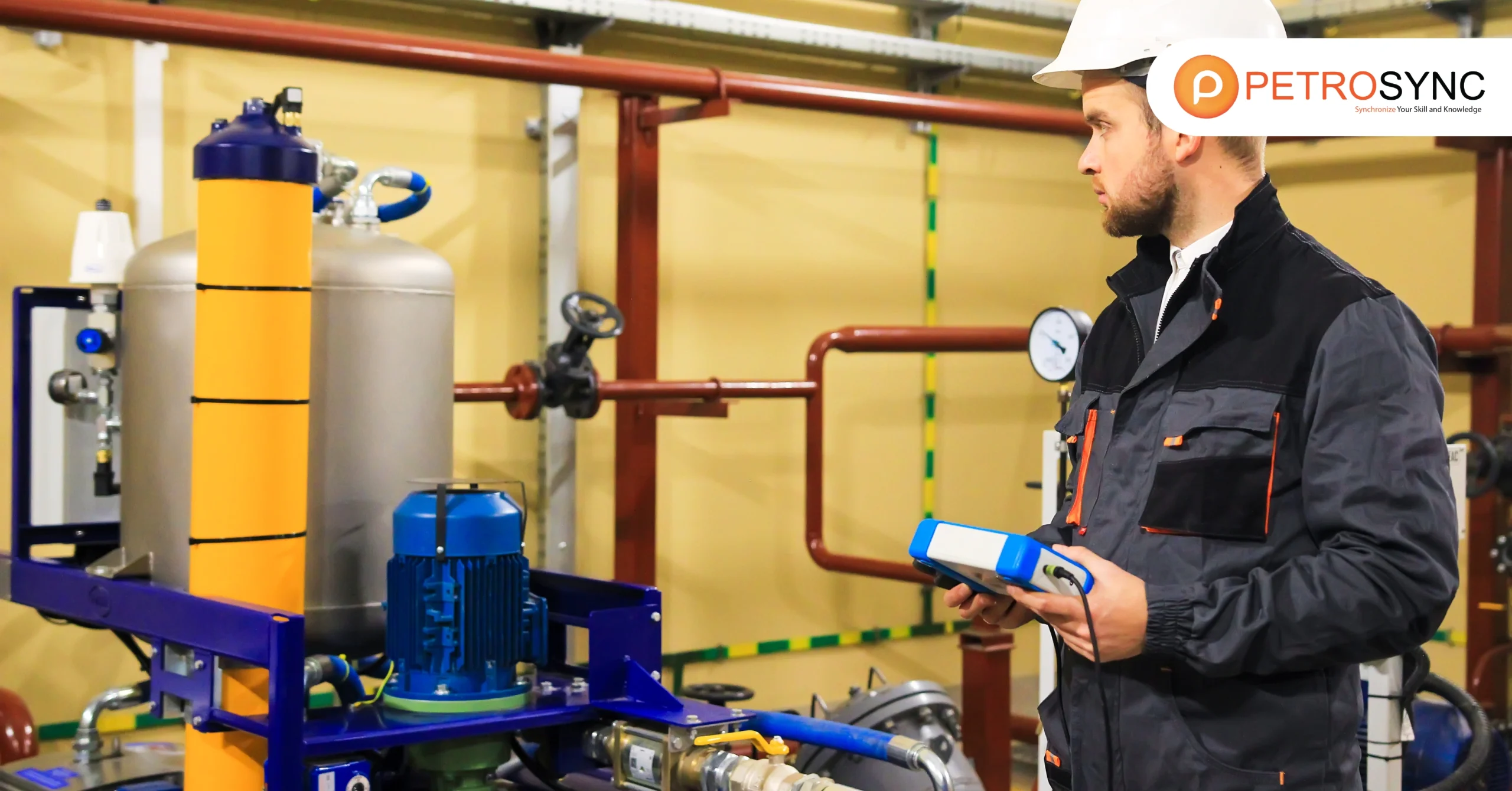The oil and gas industry has shaped our everyday lives more than we might realize. From powering our transportation and providing heat for our homes to supplying materials for countless products, petroleum play a crucial role in our modern world. In this article, we will discuss the fundamentals of this industry, exploring its significance, key components, and the various stages of operations involved.
What Is Oil and Gas Meaning?

Oil and gas, along with petroleum, natural gas, and other related hydrocarbons or minerals, are extracted from beneath the Earth’s surface. They encompass all substances produced or extracted in association therewith. These resources are essential for various applications, including transportation, electricity generation, heating, and manufacturing, and play a significant role in powering industries and economies worldwide.
What Does The Oil and Gas Industry Do?
The oil and gas industry encompasses various stages of the process. They search for these resources beneath the Earth’s surface, drill wells to access them, and then process them into products like gasoline, diesel, and jet fuel. These fuels power vehicles, heat homes, and generate electricity. The industry also produces other products like plastics and chemicals.
Upstream, or exploration and production (E&P) companies, find reservoirs and drill petroleum wells, while midstream companies are responsible for transportation from the wells to refineries. Downstream companies handle refining and the sale of the finished products.
What Are The 3 Industry Segments of The Oil and Gas Industry?
In essence, the petroleum industry can be divided into 3 biggest segments: upstream, midstream, and downstream.
1. Upstream
In the oil and gas industry, upstream refers to the first stage of operations involved in finding and extracting oil and natural gas from underground reservoirs. In simpler terms, it is all about locating and getting the petroleum out of the ground. The activities in upstream include exploration.
Where companies search for potential petroleum reserves using techniques like seismic surveys and drilling test wells. After identifying a promising site, we drill production wells to extract the oil and gas. This involves using specialized equipment and techniques to access the underground reservoirs and bring the resources to the surface.
Typically, exploration and production (E&P) companies are the ones involved in the upstream process. These companies are responsible for finding, drilling, and producing petroleum from reservoirs. They invest heavily in research, exploration, and technology to locate and extract resources efficiently. Examples of E&P companies include ExxonMobil, Chevron, and Shell.
2. Midstream
Midstream refers to the stage of operations that involves transporting and storing oil and natural gas after they have been extracted from the ground, but before they reach refineries or other processing facilities.
The activities in midstream include transporting petroleum through pipelines, trucks, ships, or trains from production sites to refineries, processing plants, or distribution centers. Midstream companies also operate storage facilities where petroleum can be stored temporarily before being transported to their final destination.
Typical companies involved in the midstream process are known as midstream companies or midstream operators. These companies specialize in building and operating pipelines, terminals, and storage facilities for petroleum transportation and storage. Examples of midstream companies include Kinder Morgan, Energy Transfer, and Williams Companies.
3. Downstream
In the oil and gas industry, downstream refers to the final stage of operations involved in processing and delivering oil and natural gas products to consumers. The activities downstream include refining crude oil into various products like gasoline, diesel, jet fuel, and heating oil.
We distribute these refined products to gas stations, airports, and other end-users through pipelines, trucks, and ships. Downstream also manufactures petrochemicals that companies use to make plastics, fertilizers, and other products. Companies involved in the downstream process typically operate as downstream companies or downstream operators.
These companies operate refineries, petrochemical plants, and distribution networks to process and deliver oil and gas products to consumers. Examples of downstream companies include ExxonMobil, Chevron, and BP.
What Are Some Facts About The Oil and Gas Industry?
1. Crude Oil Produces Various Kinds of Fuel
After extraction, crude oil goes to oil refinery, where it is turned into different fuels like liquefied petroleum gas (LPG), kerosene, jet fuel, petrol, and diesel. To find out more about the types of oil and services we offer at Rix, visit our service pages.
2. The Biggest Oil Fields in The World Are Found in The Middle East
The biggest oil fields in the world are found in the Middle East. One of the largest is the Ghawar Field in Saudi Arabia. It produces a massive 5 billion barrels of oil every day. The field is enormous, covering an area of about 3,306 square miles. Surprisingly, Ghawar Field alone contributes about a third of all the oil produced in Saudi Arabia.
3. USA Consumes The Most Oil
The United States uses the most oil globally, far surpassing any other country. It consumes over 19 million barrels of oil every day. In comparison, Indonesia ranks 14th, using about 1.6 million barrels daily. With such high consumption rates, experts estimate that oil reserves could run out in around 47 years.
4. The Current Oil Reserve Can Meet 53 Years Worldwide Global Demand
There are sufficient oil reserves to cover approximately 53 years of worldwide production. Unless we discover significantly better energy alternatives that are more readily available, our reliance on petroleum will continue for the foreseeable future.
While 53 years may seem like a worryingly short timeframe, it is important to note that we still have plenty of resources remaining. Over the past ten years, global oil reserves have grown by an impressive 27%, and the diligent efforts of skilled professionals like yourself are contributing to this increase daily.
FAQs About Oil and Gas
There are several misconceptions regarding oil and gas and we have compiled the answers below.
1. What Is Considered Oil and Gas?
We call fossil fuels in the liquid state oil, while we call those in the gaseous state natural gas.. Oil and gas refer to natural resources found deep beneath the Earth’s surface. We refer to oil, also known as petroleum, as a thick, dark liquid that refines into various products like gasoline, diesel, and jet fuel.
We use natural gas, a mixture of gases mainly consisting of methane, for heating, cooking, and generating electricity. Both oil and gas are crucial energy sources that power many aspects of modern life.
2. What Are Oil and Gas Services?
Companies provide oil and gas services, offering specialized tasks and support for exploration, extraction, refining, and transportation of oil and natural gas. These services include drilling wells, maintaining equipment, conducting surveys, managing logistics, and ensuring safety and environmental compliance. They play a vital role in helping petroleum companies operate efficiently and effectively in the industry.
3. Is Oil and Petroleum The Same Thing?
People sometimes use the terms oil and petroleum interchangeably. Oil, commonly referred to as petroleum, is a thick, dark liquid found beneath the Earth’s surface that refines into various products like gasoline, diesel, and jet fuel. So when people talk about oil or petroleum, they’re usually talking about the same natural resource.
4. Which Is The Largest Oil and Gas Industry In The World?
The largest oil and gas industry in the world is Saudi Aramco. Its operations cover various aspects of the petroleum sector, making it the biggest integrated company in the industry. We should note that Saudi Aramco does not trade its stock in the United States.
Join Petrosync’s Training to Stay Ahead in the Oil and Gas Industry
PetroSync recognizes the critical importance of the oil and gas industry. We offer specialized training programs designed to equip engineers like you with the latest knowledge and skills. By staying abreast of industry advancements through our training, you can contribute more effectively to the oil and gas sector.
We aim to prepare professionals like you to tackle the challenges and opportunities in this dynamic field. Through PetroSync’s oil and gas training, you can enhance your expertise and play a vital role in shaping the future of the industry.
Credit header image: Vecteezy

Results-oriented and thorough SEO specialist with extensive experience in conducting keyword research, developing and implementing digital website promotion strategies and plans, managing campaigns to develop company websites in the digital world, excellent knowledge of marketing techniques and principles, and attentive strong attention to detail.







